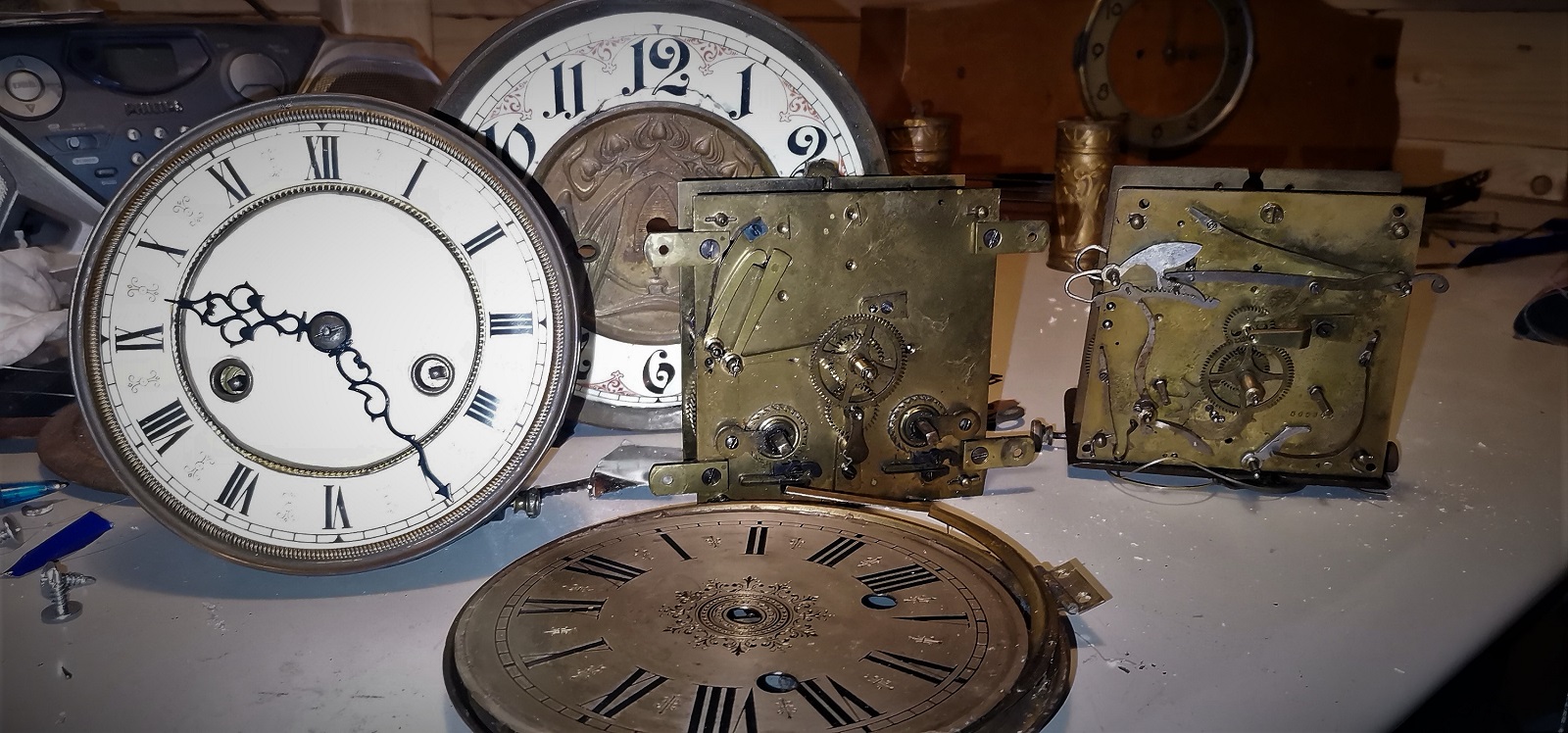 Lorenz Furtwängler (1807-1866), known as “Schmittelenz”, is one of the great figures in the history of Black Forest watchmaking. Like no other, it symbolizes the transition from domestic to industrial production in the Black Forest.
Lorenz Furtwängler (1807-1866), known as “Schmittelenz”, is one of the great figures in the history of Black Forest watchmaking. Like no other, it symbolizes the transition from domestic to industrial production in the Black Forest.
Furtwängler, Lorenz founded the “Lorenz Furtwängeler Watch Factory” (LFS) in 1836. His sons Theophil, Hektor, Oskar and Adolf also became watchmakers, after which the company was renamed “Lorenz Furtwängler Söhne, Uhrenfabrik” in 1868. in just a few years, a small workshop turned into a factory powered by water and steam engines. The company has made a good name for itself through its high quality work. Their clocks were characterized by particularly thick brass plates and the finest workmanship. Mainly Stutzuhren, wall clocks and long case floor clocks were made, which still give satisfactory results due to their solid construction. In 1900 the company was transformed into a joint-stock company: L. Furtwängler Söhne AG. Four years later, the name was changed again: Uhrenfabrik vorm. L Furtwangler Sons AG Furtwangen.
Unfortunately, since the beginning of the First World War, the company encountered more and more difficulties. High-quality watches no longer found enough sales compared to cheap products. Taking over other branches of production such as typewriters, office stamps, etc. could not stop the decline.
In 1929, the year of the Great Depression, the company went bankrupt.

Furtwangen im Schwarzwald is a town located in the Black Forest region of southwestern Germany. It belongs to Schwarzwald-Baar-Kreis together with the two main towns Villingen-Schwenningen. The total population of the city of Furtwangen was 9,673 as of 31 December 2004. Furtwangen received city rights in 1873. The Breg is a small stream, which, originating in the highlands around Furtwangen, flows down through the interior of the city to the east. Bregul is one of the two small rivers that join to form the Danube.
The city of Furtwangen is best known for its many watchmakers, many of whom bear the name Furtwängler, and for its special world-renowned product: the cuckoo clock.
At one time, Furtwangen was a major manufacturer of watches that were made there and sold all over the world. While many different types of clocks were produced in Furtwangen, the town was unique in producing musical clocks from the factory of Emilian Wehrle. Emilian Wehrle (1832-1896) made musical clocks in the Furtwangen-Schönenbach area from about 1857 until his death in 1896. These musical clocks included the trumpeter’s bell, the whistler’s bell, the songbird’s bell and the rooster’s bell. These bells are rung every hour with the sound of trumpet, flute, songbird or rooster. These watches are of the highest quality and were very expensive at the time. Due to the small production, they are few to find.
This industry was very important in previous centuries, but with the advent of the quartz clock, this branch of the economy almost disappeared. Furtwangen is today a city with a more balanced industry, with many small and medium-sized industrial enterprises specializing in microelectronics and precision mechanics. Among the cities in Germany, Furtwangen is one of the places with the lowest unemployment.
Every watch and every owner has its own story. Sometimes little is known about a watch. The only thing to be aware of is the brand logo on the mechanism. A mark tells something about the origin or the workshop where the watchmakers assembled their tools into a functional whole.
Never miss a story that matters. Subscribe to our newsletters!










